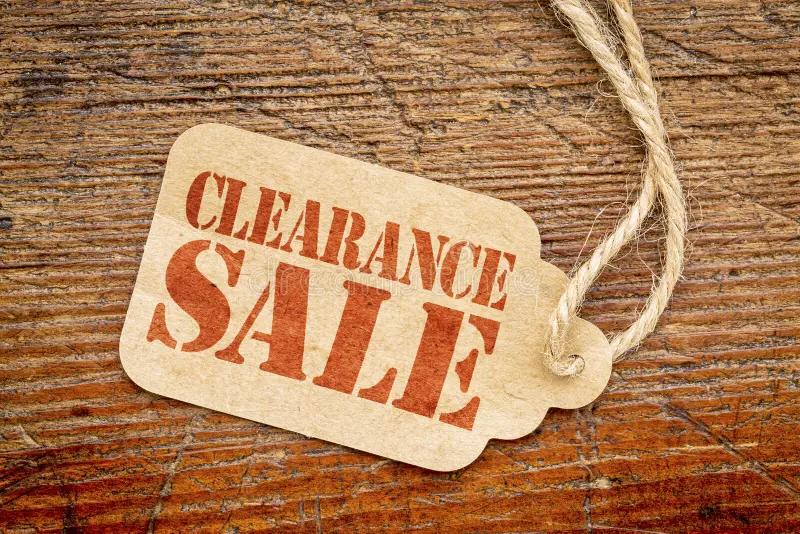Your home should be your sanctuary - but if your tile is stained or dirty, it can be hard to relax and enjoy your surroundings. Let's face it, a glass of red wine tastes infinitely better when you're sipping it in a sparkling clean bathtub after a long day of work!
For the most part, tile is easy to care for and maintain - all you need is know-how and the proper supplies. Depending on whether you're dealing with porcelain, glass, ceramic or natural stone tiles, there are specific best practices to follow to ensure optimal cleanliness and achieve that soothing environment you crave.
The material matters when it comes to cleaning tile
Just as you wouldn't wash the delicate skin on your face with a rough scrub brush designed for callused feet, it's crucial to choose a cleaning solution that is designed specifically for the material at hand. Some cleaners are too harsh or abrasive for natural stone tiles and can damage them irreparably. Other tiles are practically indestructible and can withstand heavy-duty cleaners.
Likewise, there are certain maintenance tips for different tile types. For example, some materials, like marble, need to be sealed on a reoccurring basis, while others don't.
In any case, you should always begin by vacuuming, sweeping or wiping the surface to remove dirt and debris.
Marble
While you could squeeze a lemon onto a glass tile countertop without worry, even a splash of the acidic liquid could etch marble and alter the finish of the surface. To maintain your luxurious marble countertop or tile, it's crucial to address spills immediately - particularly when it comes to acidic foods such as lemon, tomato sauce, wine and vinegar. Always use coasters under your drink glasses. Use a spray sealant once per month to protect the stone.
Shown here: Bianco Carrara Marble - Honed
For regular cleanings, avoid harsh or acidic solutions, as well as abrasive sponges. Mild soap, warm water and a soft cloth work just fine. Be sure to rinse thoroughly to remove all traces of soap to avoid streaking and filming. Got a stain? Rub on an alkalai solution, such as diluted bleach or hydrogen peroxide. On a honed surface, you can use comet and a Scotch Bright pad or hydrogen peroxide mixed with a tiny bit of ammonia. Always re-seal the stone upon removing a surface stain.
A marble polishing powder can help reduce the appearance of etching.
Limestone
Like marble, limestone is a natural stone material that's soft and porous. It too can be damaged by acidic substances and is prone to scratches. Proper maintenance is essential in reducing the likelihood and appearance of stains and etching. We suggest periodically using a high-quality limestone sealant, which you can purchase at your local hardware store. You might consider placing rugs on limestone floors, or asking guests to remove their shoes upon entering your home. Both can help preserve the exquisite material in pristine condition.
For regular cleanings, fill a bucket with warm water and add a few drops of mild liquid soap with a neutral pH. Gently wipe or mop the surface and go slowly to allow the cleaner to seep in and power through the dirt and grime. Stains can be tackled with a homemade poultice - or paste - comprising 3/4 cup of flour and a small amount of hydrogen peroxide. Avoid generic tile cleaners at all costs!
Ceramic
While generally easier to maintain than marble or limestone, ceramic still requires regular cleanings. Use a rag or chamois mop to apply a mixture of hot water and mild detergent. If you're conscious about using eco-friendly tile cleaners or all-natural tile cleaners, you can mix up your own using hot water and either lemon juice or vinegar. Dry with a cloth or towel.
Shown here: Luce di Ceramica Ceramic Wall Tile
Cleaning grout is also a crucial step in the process. Use a store-bought grout cleaner or make one yourself with baking soda and water (use a 3:1 ratio), which will form a paste that you can apply to the grout lines. A toothbrush will allow you to get between the tiles and scrub the grime away. After you've applied the paste, follow with a spritz of equal parts white vinegar and water. The solution should bubble up a bit; when the bubbling subsides, remove all traces of baking soda and vinegar with clean water. (Note: this is ONLY applicable to materials that are not acid sensitive, such as porcelain, ceramic and non-reactive natural stones.)
Porcelain
Clean your porcelain tile once a month using a solution comprising 1/4 cup of white vinegar and two gallons of water. Use a sponge or mop to apply the solution, then rinse with water and dry with a towel or microfiber cloth. Avoid products containing bleach or ammonia as these can stain grout and change tile color. Also, avoid steel wool, which can cause rust stains over time.
Shown here: Tratto - Porcelain Tile
Glass
Glass requires minimal upkeep and it's resistant to stains, mold and mildew. You can use any store-bought cleaner designed for glass: simply spray the solution on and wipe down the surface, then follow with a quick rinse and dry. If you prefer a more natural tile cleaner, combine water and vinegar (a 1:1 ratio) and follow the same steps as you would with a store-bought cleaner.
Shown here: Antiqued Mirror Glass Tile
For more heavy-duty cleanings (which are a good idea in areas such as your shower or tub), spray the water and vinegar mixture and let it sit on the surface for at least 10 minutes before scrubbing with a brush and then rinsing away with water. Pay attention to the grout, and use a toothbrush to get in between the tiles and scrub away the dirt and soap scum.






